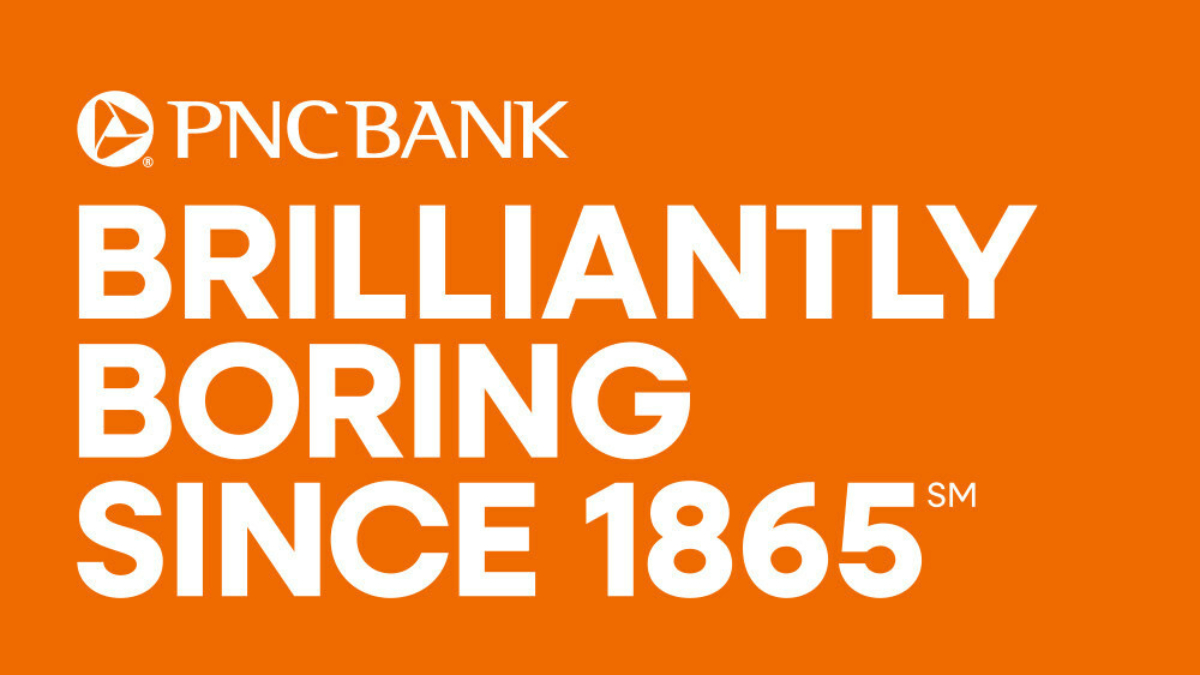Disruptor brands — those that transform their industries — were once rare and revolutionary. Today, though, it seems every new brand aspires to be a disruptor. This trend is evident in the rapidly evolving branding cycle, where a new and exciting brand emerges, only to be followed by others attempting to replicate its impact.
The finance sector is a clear example of this shift
Monzo, one of the first prominent online banks, was created to cater to younger millennials and Gen Z. With a focus on transparency, accessibility, and friendliness, Monzo positioned itself as the opposite of traditional, inaccessible banks. This success triggered a wave of new finance companies and apps, each more interesting than the last — Dead Happy, Habito, Marshmallow, and Revolut among them. The proliferation of online banks promising a novel way to make ‘financing easy’ has led to an oversaturated market, making it challenging to stand out. So, how do you disrupt when everyone else is already a disrupter?
PNC Bank, a brand of nearly 160 years, launched a campaign with the tagline ‘Brilliantly Boring since 1865’. Instead of chasing trends set by newcomers, it embraces the dependability of being ‘boring’ and stays true to PNC’s identity as a reliable, traditional bank. PNC’s strategy exemplifies the concept of an anti-disruptor: recognising a market flooded with disruptors and standing out by returning to basics.
The alcohol industry offers another intriguing anti-disruptor
In the 2020s, the spirit disrupters focus on sustainability, unusual ingredients, or low-alcohol options. Brands like Damaged Goods Distilling Co., which makes spirits from waste, Kástra Elión, which produces vodka from hand-picked green olives, and Seedlip, the world’s first distilled non-alcoholic spirit, add layers of engagement and perceived ‘goodness’. These brands turn drinking spirits into a multi-dimensional experience, disrupting the industry. Then there’s Alcoholic Vodka, a Swedish brand that rejects the excitement of these disruptors. Instead, it leans into the negative effects of alcohol use, with packaging and advertising that warns you not to drink it.
The website bluntly states, ‘This product is extremely harmful to your health and can cause a variety of serious diseases. If you for some reason have to drink it, please drink responsibly.’ The bottle features an anatomical illustration of the human body, with red warning triangles highlighting where alcohol can harm you. While this might seem like an attempt at reverse psychology, the creators view it as an experiment in brutal honesty. Their first batch sold out, but whether this approach is sustainable long-term is yet to be seen.
The pet care industry is flourishing, with more people treating their pets as members of the family
Disruptors in this sector often lean into this concept, humanising pets or their products. Disruptive brands like The Farmer’s Dog and Cat Person create human-grade, tasty animal food designed for pets’ comfort. ManyPets, a pet insurance provider, launched a campaign highlighting the ways pets elevate our lives, portraying them as spirit guides, personal trainers, or even legal highs.
However, Naturo’s recent campaign takes a different approach. It avoids the trend of anthropomorphising pets and instead shows dogs as they truly are — dogs. The campaign, titled ‘Dogs don’t care what they eat, Naturo do,’ features a Jack Russell admitting he’d prefer eating the remote over any real food. This honesty contrasts sharply with the more elaborate narratives of other brands, connecting with owners who recognise that their dog, at the end of the day, isn’t a person.
How to be an anti-disruptor
Based on the previous examples, it’s too early to say if the anti-disruptor strategy will work long-term, however, it is certainly effective at disrupting a saturated market in the short term. This success can be attributed to several steps these brands take:
- Let the brand truth prevail: Anti-disruptor brands remain true to themselves rather than chasing trends. They are honest with themselves and the broader truths of their industry. Even in industries where transparency is often touted, genuine honesty can still through the noise.
- Right place, right time: Staying true to the brand is vital, but timing is crucial. When the market is overwhelmed with disruptive choices, a return to honesty and simplicity can be the most effective.
- Stay single-minded: To be effective, an anti-disruptor’s main message needs to be crystal clear and singular. Clarity is what allows the brand to stand firm against prevailing winds of disruption.
- Do not confront: Anti-disruptor brands aren’t trying to start beef with other disruptors. Their approach is more about staying in their lane and being implicitly critical of industry trends without overt confrontation.
- Stellar creative execution: To gain attention and disrupt the disruptors, the execution needs to be engaging and well-done. Otherwise, the brand risks being perceived as just another player staying true to themselves, but with nothing new to add.
In a landscape crowded with disruptors, the most revolutionary approach might be to embrace what others overlook — be it tradition, transparency, or simple truth.
Featured image: PNC Bank



















